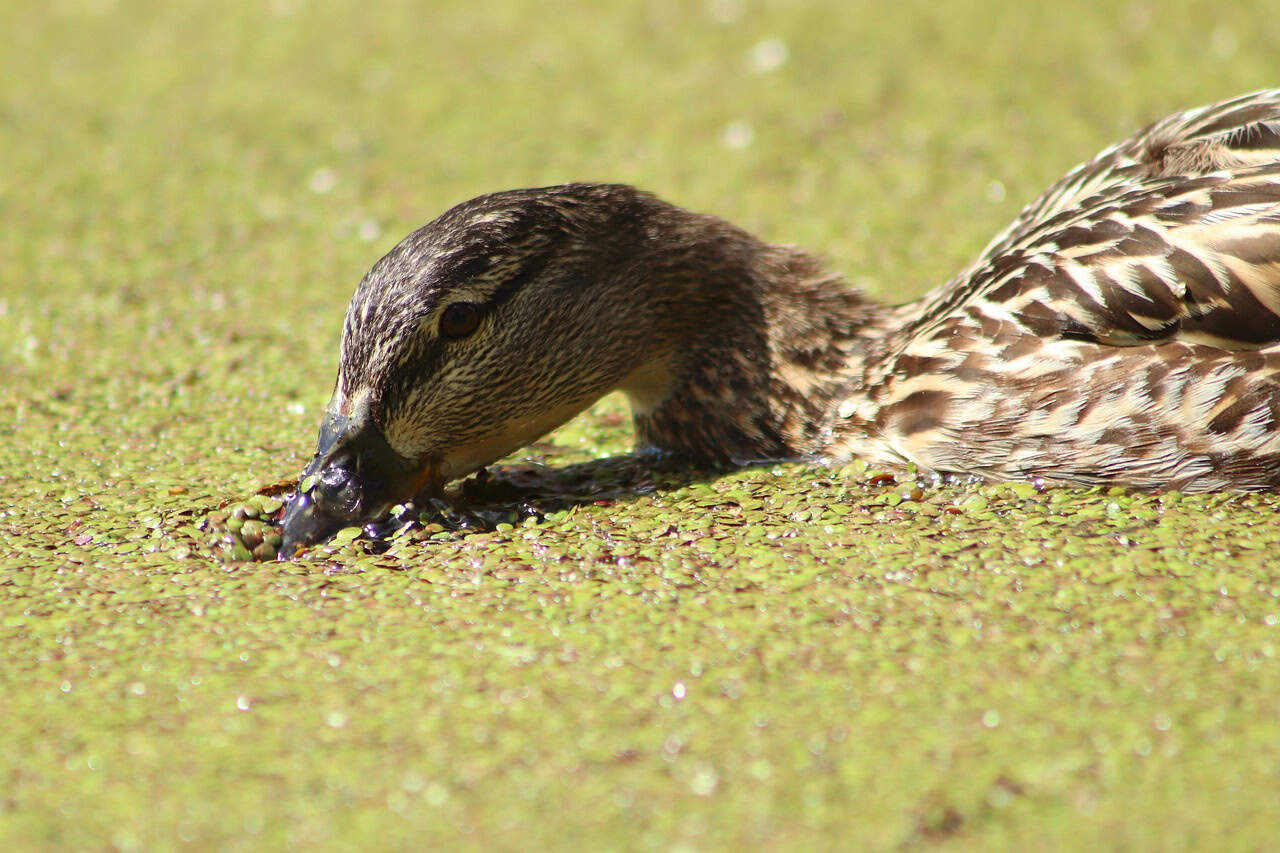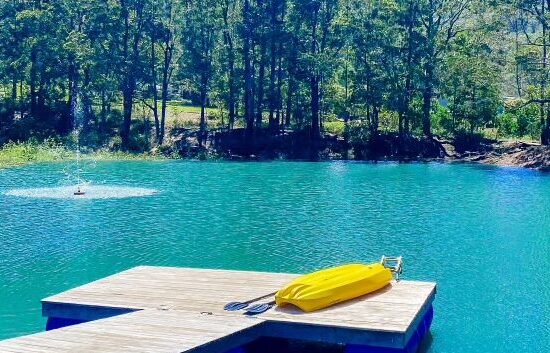
Why is Duckweed called Duckweed
Q. Can you let me know why Duckweed is called Duckweed
ANSWER:
Duckweed, a small aquatic plant that floats serenely on the surface of ponds, lakes, and marshes, has earned its name from its association with waterfowl, especially ducks. While the name suggests a harmless plant, the reality is more complex, revealing a double-edged nature that challenges the perception of duckweed as beneficial for aquatic ecosystems.
The Duckweed-Duck Connection
Its name “duckweed” emerged from the plant’s strong affiliation with ducks, which frequently consume this plant as part of their diet. The name is a straightforward amalgamation of “duck” and “weed,” underscoring its prevalence in habitats frequented by waterfowl. The belief was that ducks’ feeding habits contributed to the dispersion of duckweed, allowing it to spread to new locations.
Duckweed has a clever reproductive strategy that involves utilizing ducks as dispersal agents. Duckweed wants to be attractive to ducks because ducks inadvertently aid in the spread of duckweed. The tiny duckweed fronds adhere easily to the feathers and feet of ducks as they forage for food.
As ducks move from one water body to another, these small duckweed fronds hitch a ride on their feathers, allowing them to spread to new areas. When the ducks later preen and groom themselves, they inadvertently release the duckweed fronds into the water, where they can establish new colonies and propagate.
The Hidden Ecological Impact
While ducks play a role in the spread of duckweed, the unchecked proliferation of duckweed in water bodies poses a significant ecological concern. Duckweed has the uncanny ability to reproduce rapidly, forming dense mats on the water surface. These mats can reduce sunlight penetration into the water, affecting the growth of submerged plants and disrupting the aquatic ecosystem.
Moreover, duckweed absorbs nutrients such as nitrogen and phosphorus from the water, creating imbalances that may lead to algal blooms and other water quality issues. Excessive duckweed growth can deplete oxygen levels in the water, further jeopardizing the survival of fish and other aquatic organisms.
Challenging the Notion of “Weed”
While the term “duckweed” implies a weed-like characteristic.. Duckweed is not an invasive or noxious plant in the traditional sense. Instead, it is a native plant that, when left unregulated, can exhibit invasive behavior in certain environments, especially those already struggling with nutrient overload and poor water quality.
Managing Duckweed for Ecosystem Health
Balancing the presence of duckweed is crucial for maintaining a healthy aquatic ecosystem. Management and control measures are necessary to prevent unchecked proliferation. Techniques such as manual removal, biological control using natural predators of duckweed, and nutrient management to reduce excess nutrients in the water can help control its negative impact.




